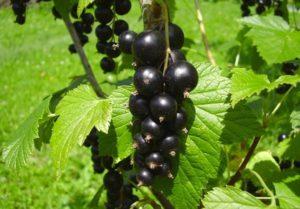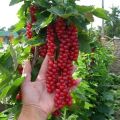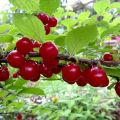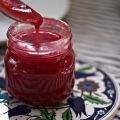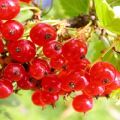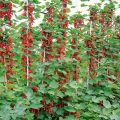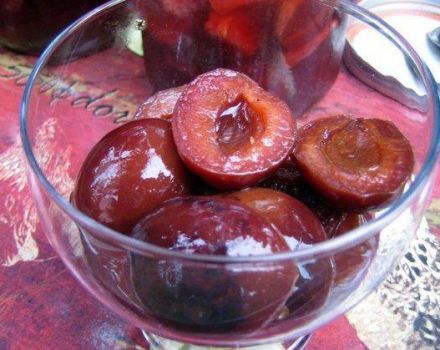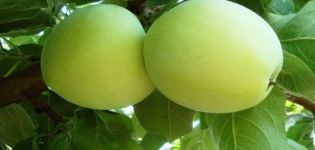Description and characteristics of Natali red currant varieties, planting and care
The garden in the country has always been considered a source of pride for the owner. There are plants that not only bring a good harvest, but also decorate the land. The popular red currant variety in the Russian Federation - Natalie - is just that. At the end of ripening, red fruits hang on currant bushes, delight the owner, delight guests and neighbors.
Description and characteristics of Natalie currants
The bushes are slightly spreading, have an average height. Shoots that are not lignified stand out in medium thickness, green, with a slight red tint at the top. Shoot growth is direct. Shoots that are woody are gray-brown in color. No pubescence.
Disease and pest resistance
Natalie's red currant variety is very resistant to disease. The most common pests for this variety are gooseberry sawfly and leaf aphids. In July-August, the plant can be affected by powdery mildew.
Drought resistance and frost resistance
Currants tolerate cold well, but drought and excess moisture can harm it. It is recommended to plant it in loamy soil. From fertilizers it is worth using organic matter, for example, humus additives. It is better not to plant currants in acidic soils.
Ripening period and yield
The variety, according to its scientific description, is considered mid-season. It is possible to collect about 3.5 kilograms of fruit from one bush. Ripening usually ends in the middle of summer.
Transportability
Natalie is considered a transportable variety. However, the transportation of fruits must be carried out by packaging the berries in small containers.
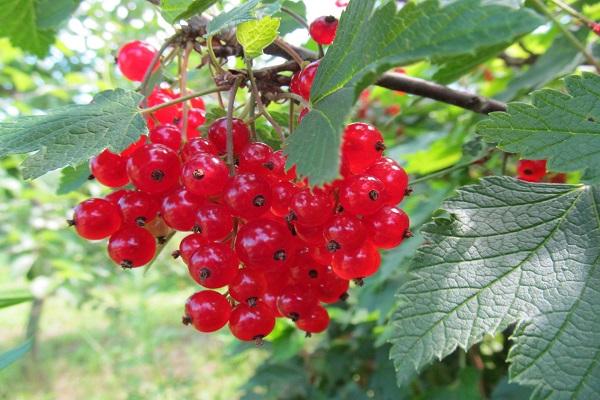
Suitable region and climate
18 years ago Natalie was included in the state register of breeding achievements. Currants can be grown in any regions of the Russian Federation, except for the Northern, Lower Volga regions, the Far East. The variety is ranked among the crops of a temperate climate.
Breeding history
The variety was bred to VSTISP by crossing red currant varieties. The variety was created by V.M. Litvinova and N.K. Smolyaninov.
Main pros and cons
Pros of Natalie's red currant:
- frost-resistant (tolerates frosts up to minus thirty degrees);
- bears fruit for a long time (you can pick berries from a bush for up to 10 years);
- fruits that are ripe are not prone to shedding;
- fruits have good taste;
- transportable;
- can be stored for a long time;
- resistant to diseases, pests.
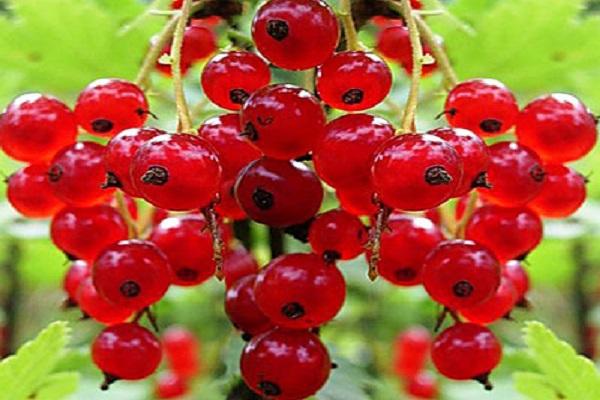
The main disadvantage of the variety is that after the fifth or sixth year of life, the bush can become too spreading. Under the weight of the fruit, the shoots tilt strongly, which is why it is necessary to install supports.
Growing rules
You can grow currants in almost any soil, which is enriched with useful additives. It is not recommended to plant seedlings in acidic, alkaline, too dry soils.
Site selection
It is recommended to land on flat areas. Alternatively, currants can be planted in the upper / middle parts of hills. The site must have good lighting. The optimal place is a path along the fence, which will protect the seedlings from wind gusts.

Choosing healthy planting material
You need to choose seedlings that meet the following criteria:
- there are several well-developed shoots from 30 centimeters long;
- there are at least 2 kidneys;
- rhizomes are yellow, with hairs, keratinized;
- many lateral roots.
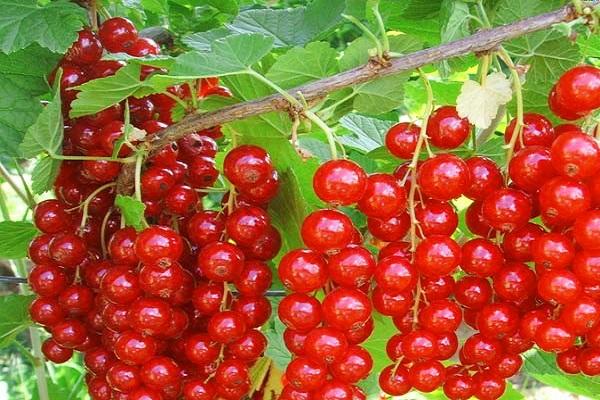
Soil preparation
It is necessary to dig a trench or separate depressions (the distance between the holes is from one to one and a half meters). The depth of the holes should be between 10 and 20 centimeters. The excavated earth must be mixed with the following additives (the number of additives per square is indicated):
- organic matter (wood ash) - from 3 to 4 kilograms;
- granular superphosphate - from 100 to 150 grams;
- potassium sulfate - from 20 to 30 grams.
It is required to thoroughly mix the additives with the soil. If the rhizomes come into contact with fertilizers, they can get burned, which is why the seedling will not take root well.
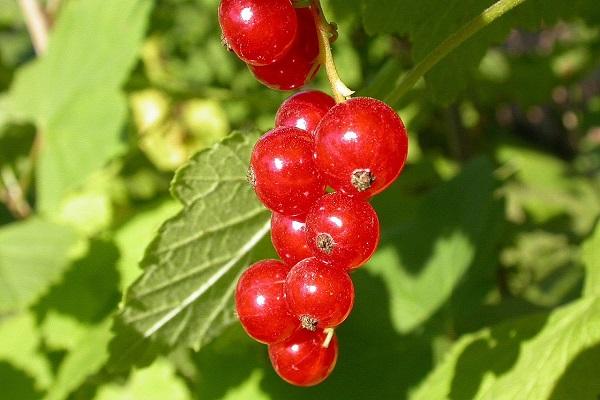
Planting process
The landing algorithm is as follows:
- Immersion of the planting material in the hole, careful spreading of the roots.
- The location of the planting material at an angle. This will ensure the formation of additional rhizomes and allow the development of buds that are at the level of the root collar.
- Easy compaction of the soil as the earth is backfilled.
- Filling of planting material up to half.
- Watering the seedling (half a bucket of water per 1 bush).
- Full backfilling of planting material.
- Watering the seedling (10 to 15 liters of water per bush).
- Mulching the soil near the planting material. This will prevent the soil from drying out and crusting. Mulching can be done using organic matter - silt, manure, sawdust.
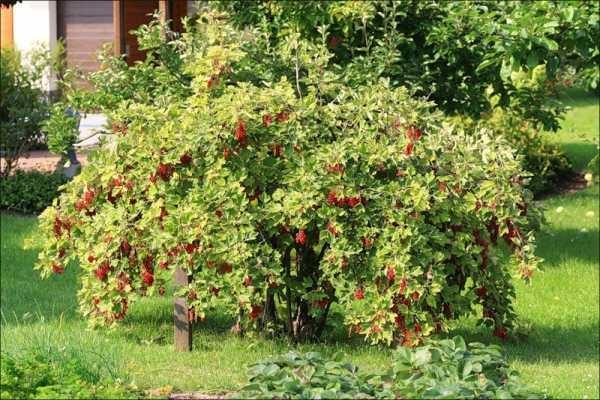
Features of variety care
According to gardeners, red currant bushes bring a large harvest if properly looked after. The plant needs regular watering and feeding. For the winter, pruning of the bushes is carried out (for their correct formation).
Watering
To activate the growth of currant shoots after the winter season, before the buds bloom, the plant is irrigated with water at a temperature of eighty degrees. Red currants, like black ones, are highly sensitive to lack of moisture, especially in March. If you do not irrigate the plants in a dry spring, the ovaries can crumble, and the fruits that remain can be crushed.
One square needs 25 liters of water. Water is poured into furrows, which are made in a circle with a diameter of 60 centimeters (the center of the circle is a bush).
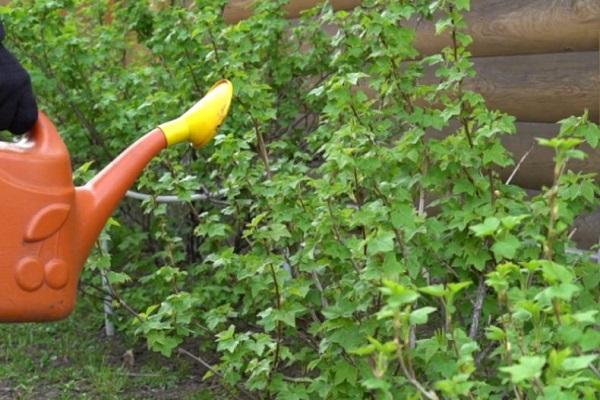
Top dressing
In the middle of spring, 10 grams of urea is introduced into the soil to a depth of 30 centimeters. It provides the saturation of the bushes with nitrogenous elements that stimulate growth. In early summer, the soil must be fertilized with organic additives. For 5 liters of water add 0.3 liters of manure or cow dung. The solution is poured under the root of the plants.
In the middle of summer, plants are processed on a leaf.It is necessary to use a complex additive (5 liters of water is mixed with 2 grams of boric acid and 5 grams of manganese sulfate).
Pruning
Pruning of bushes is carried out in the spring and autumn seasons. Pruning helps rejuvenate plants and improve yields. Once every 5 years, excess branches are trimmed, which thicken the bush. About 17 shoots remain. All dry and frozen branches need to be pruned to allow new branches to grow.
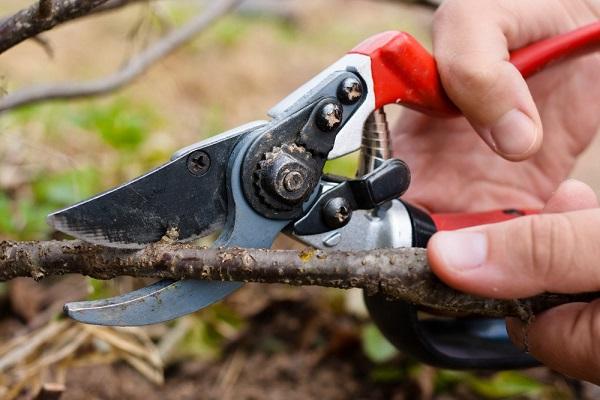
Reproduction
You can get seedlings yourself. In the spring season, strong shoots are selected and buried in, leaving the upper part outside. In the autumn season, when the cuttings take root, they are separated from the "native" bush and planted in another place.
Protection from winter cold
The variety is not afraid of cold weather, however, when it comes to growing Natalie currants in the Far East, it is necessary to build a shelter. The best option is mulch. The land on which the currants grow is covered with a dung-sludge layer (manure and sludge are mixed in equal proportions, the mixture in consistency should resemble fat sour cream).
The layer height should be 4 centimeters, the coverage radius should be approximately 0.7 meters. During the winter cold, the soil covered with mulch will not let heat through, saturating the earth with useful elements and protecting the bush from pests.

Possible diseases and pests, control and prevention
Natalie's red currant is susceptible to such pests and diseases:
- Powdery mildew. Topaz is used after flowering bush and fourteen days before harvest.
- Gall aphid. The problem is solved by using a solution of Karbofos.
- Gooseberry sawfly. Spark is used. It is mixed with water in a ratio of one to ten. One and a half liters of solution are poured under the bush.

Harvesting and storage of crops
In July, the currant begins to actively bear fruit. The berries that are harvested are very resistant to transportation. They can be stored in the refrigerator or cellar for about 30 days. In the freezer, fruits can be stored for up to 12 months. For transportation, use small plastic containers.
Natalie is ranked among the table varieties. When processed, the berries do not lose their own properties. They can be used to make drinks, dressings, add to baked goods.

